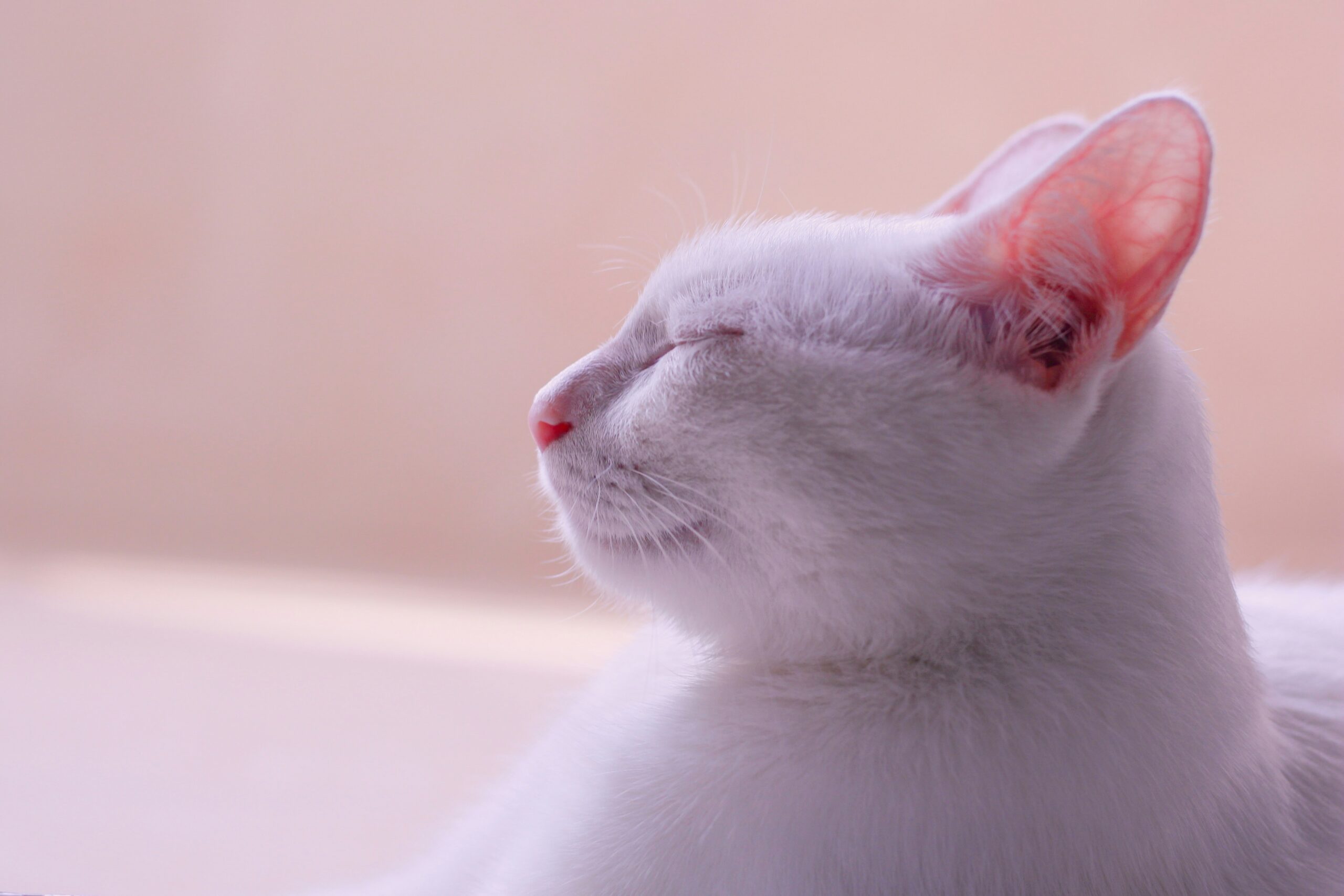Cat owners know that dealing with pet hair can be a daily challenge. Shedding can leave carpets, furniture, and clothes looking less than pristine. Vinegar can help remove cat hair effectively, making it a useful tool in the fight against pet fur.
Using vinegar is simple and can be done with items you likely already have at home. It not only helps lift hair from surfaces but also neutralizes odors, creating a fresher environment. Readers will want to explore how this common kitchen item can aid in their cleaning routine.
Curious how vinegar works its magic against pesky fur? This post will dive into tips and tricks that make cleaning with vinegar easier and more effective. Readers will discover the best methods for getting rid of cat hair without a hassle.
The Science Behind Vinegar and Cat Hair Removal
Vinegar has unique properties that can aid in removing cat hair. Its chemical makeup allows it to interact with hair in a special way, making cleaning more efficient. Knowing these details can help pet owners tackle hair situations effectively.
Vinegar’s Chemical Properties
Vinegar is mainly made of acetic acid and water. The acetic acid gives vinegar its strong smell and cleaning power. This acid can break down oils and help loosen hair from surfaces.
When vinegar is used, it helps to reduce static electricity. This is important because cat hair can cling to fabrics and furniture. With the static reduced, hair can release more easily from surfaces, making it easier to clean.
How Vinegar Interacts With Cat Hair
When vinegar is applied, it helps to soften the hair and makes it less clingy. This means that the cat hair can be removed more easily from different surfaces. Whether on furniture or clothing, vinegar can help lift the hair away.
Many people mix vinegar with water to create a cleaning solution. This mixture can be sprayed onto surfaces where cat hair collects. After a few minutes, wiping the surface will often show improved results in hair removal.
Practical Tips for Using Vinegar to Remove Cat Hair
Using vinegar can be an effective way to tackle cat hair around the home. It’s important to know how to prepare and apply vinegar properly, as well as some key dos and don’ts to ensure success.
Preparation and Application Techniques
To start, dilute vinegar with water. A common ratio is 1 part vinegar to 3 parts water. This helps reduce the strong smell while keeping its cleaning power. Pour the mixture into a spray bottle for easy application.
Before applying, shake the bottle well. Lightly mist the area with the vinegar solution. It’s best to do this on surfaces where cat hair collects, like furniture and carpets. After spraying, use a cloth or a lint roller to wipe the area. The sticky nature of the hair will help it adhere to the cloth or roller, making it easier to pick up.

Dos and Don’ts of Vinegar Usage
Dos:
- Do test surfaces first. Apply a small amount of solution to an inconspicuous spot to check for any discoloration or damage.
- Do use a microfiber cloth. These cloths attract hair and dust well.
- Do repeat as needed. For stubborn areas, reapply and wait a few minutes before wiping.
Don’ts:
- Don’t use undiluted vinegar. It can leave a strong smell and potentially damage delicate surfaces.
- Don’t apply vinegar directly to electronics. The liquid can seep in and cause damage.
- Don’t forget to ventilate. Always use vinegar in a well-ventilated area to reduce odor.
These practical tips can make using vinegar for removing cat hair easier and more effective!
